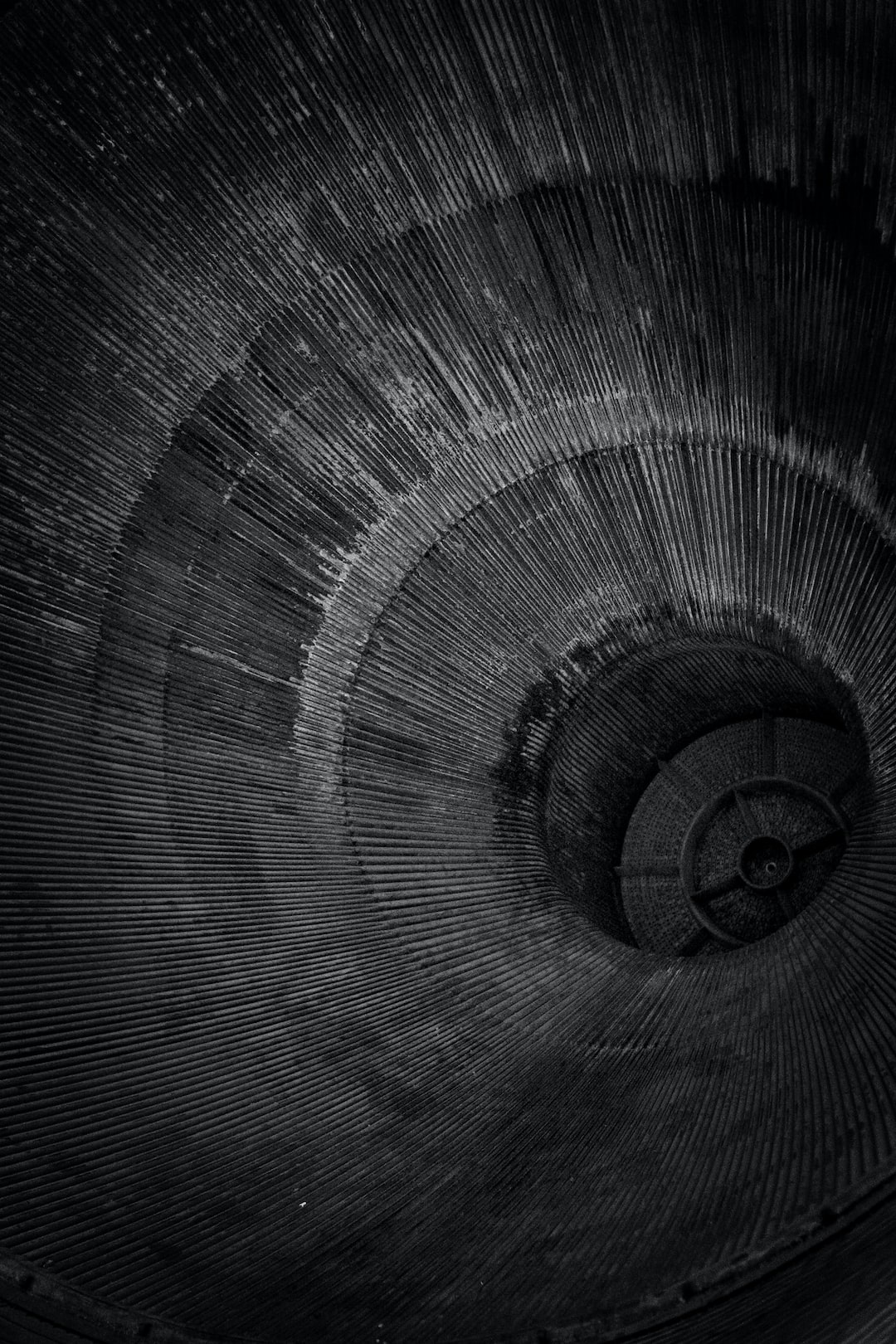The Rise of 3D Printing: Revolutionizing the Manufacturing Industry
Over the past decade, 3D printing has emerged as a groundbreaking technology with tremendous potential to revolutionize the manufacturing industry. Also known as additive manufacturing, this process involves creating three-dimensional objects by layering materials based on digital models. From simple prototypes to complex products, 3D printing has the ability to transform the way goods are produced, distributed, and consumed.
One of the key advantages of 3D printing is its ability to create highly customized products with intricate details. Traditional manufacturing methods often rely on mass production, resulting in standardized goods that cater to the average consumer. However, 3D printing allows for the creation of unique, personalized items that are tailored to individual preferences and requirements. This opens up a world of possibilities for consumers who seek products that are tailor-made to their specific needs.
Additionally, 3D printing has the potential to reduce waste in the manufacturing process. With traditional manufacturing methods, excess materials are often discarded, resulting in significant waste and environmental impacts. However, 3D printing is an additive process, meaning that materials are added only where necessary, minimizing waste and maximizing efficiency. This not only reduces environmental footprints but also offers cost savings for manufacturers who no longer have to manage excess inventory or disposal of unused materials.
Furthermore, 3D printing has the potential to reshape supply chains and logistics in the manufacturing industry. Traditionally, products are produced in one location and then transported to various distribution points around the world. With 3D printing, the need for centralized production is eliminated as goods can be manufactured closer to the point of consumption. This decentralized approach can significantly reduce transportation costs and lead times, allowing for faster delivery and increased customer satisfaction. It also enables on-demand production, reducing the need for large inventories and minimizing the risk of obsolete products.
The medical industry has been one of the early adopters of 3D printing technology, showcasing its transformative potential. From prosthetics to surgical implants, 3D printing has revolutionized the field of healthcare by enabling personalized solutions and improving patient outcomes. Surgeons can now create patient-specific models to plan complex procedures, reducing the risk of errors and improving surgical precision. Additionally, the ability to print customized prosthetics has greatly improved the quality of life for individuals with limb loss. By leveraging 3D printing, healthcare providers can offer tailored solutions that address individual patient needs, resulting in better treatment outcomes.
Another sector that is benefiting from the rise of 3D printing is the aerospace industry. The complex nature of aircraft components often requires intricate designs and specialized materials. 3D printing allows for the production of lightweight, high-strength components that are otherwise challenging to manufacture using traditional methods. By utilizing 3D printing, aerospace manufacturers can reduce the weight of aircraft, enhancing fuel efficiency and reducing environmental impact. This technology also enables rapid prototyping and iteration, allowing for faster design cycles and ultimately speeding up the development of new products.
While the potential of 3D printing is immense, there are still challenges to overcome before it becomes mainstream in the manufacturing industry. One of the main hurdles is scalability. Currently, 3D printing processes are typically slower than traditional manufacturing methods, making mass production challenging. However, ongoing advancements in technology and materials are steadily improving the speed and efficiency of 3D printing, bringing it closer to large-scale production capabilities.
Another obstacle is the cost associated with 3D printing. Despite its increasing accessibility, the upfront investment required for 3D printing equipment and materials can be significant for small and medium-sized businesses. However, as the technology continues to advance and become more widely adopted, economies of scale are likely to kick in, making 3D printing more cost-effective.
In conclusion, the rise of 3D printing is revolutionizing the manufacturing industry by offering highly customized products, reducing waste, and transforming supply chains. From personalized medical solutions to lightweight aerospace components, this technology has tremendous potential in various sectors. While there are challenges to overcome, ongoing advancements in 3D printing technology are steadily paving the way for a new era of manufacturing. As this technology becomes more accessible and cost-effective, we can expect to see even greater advancements and widespread adoption in the near future.

